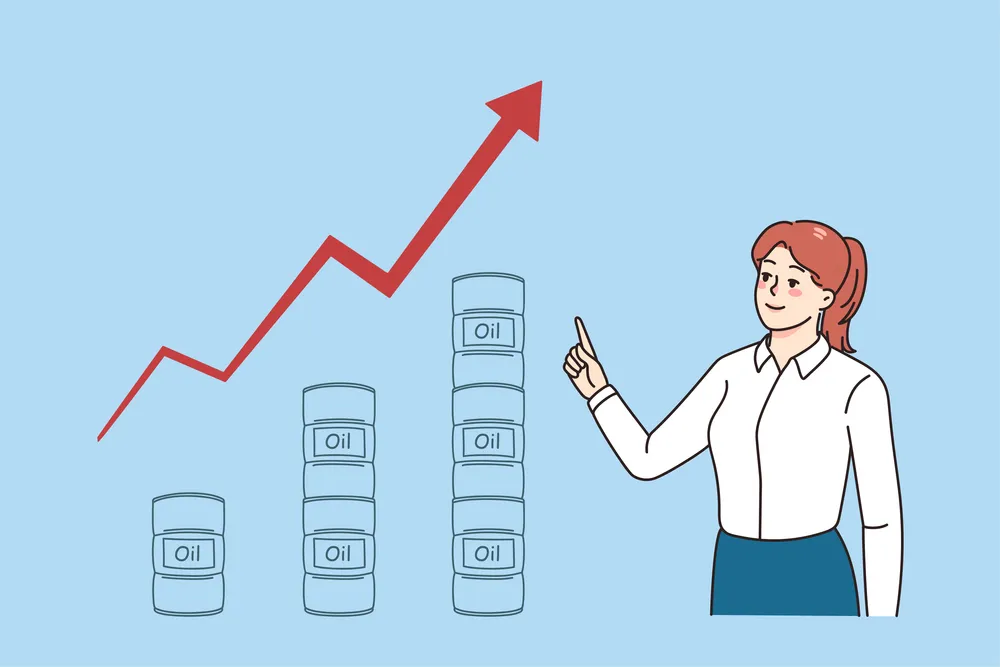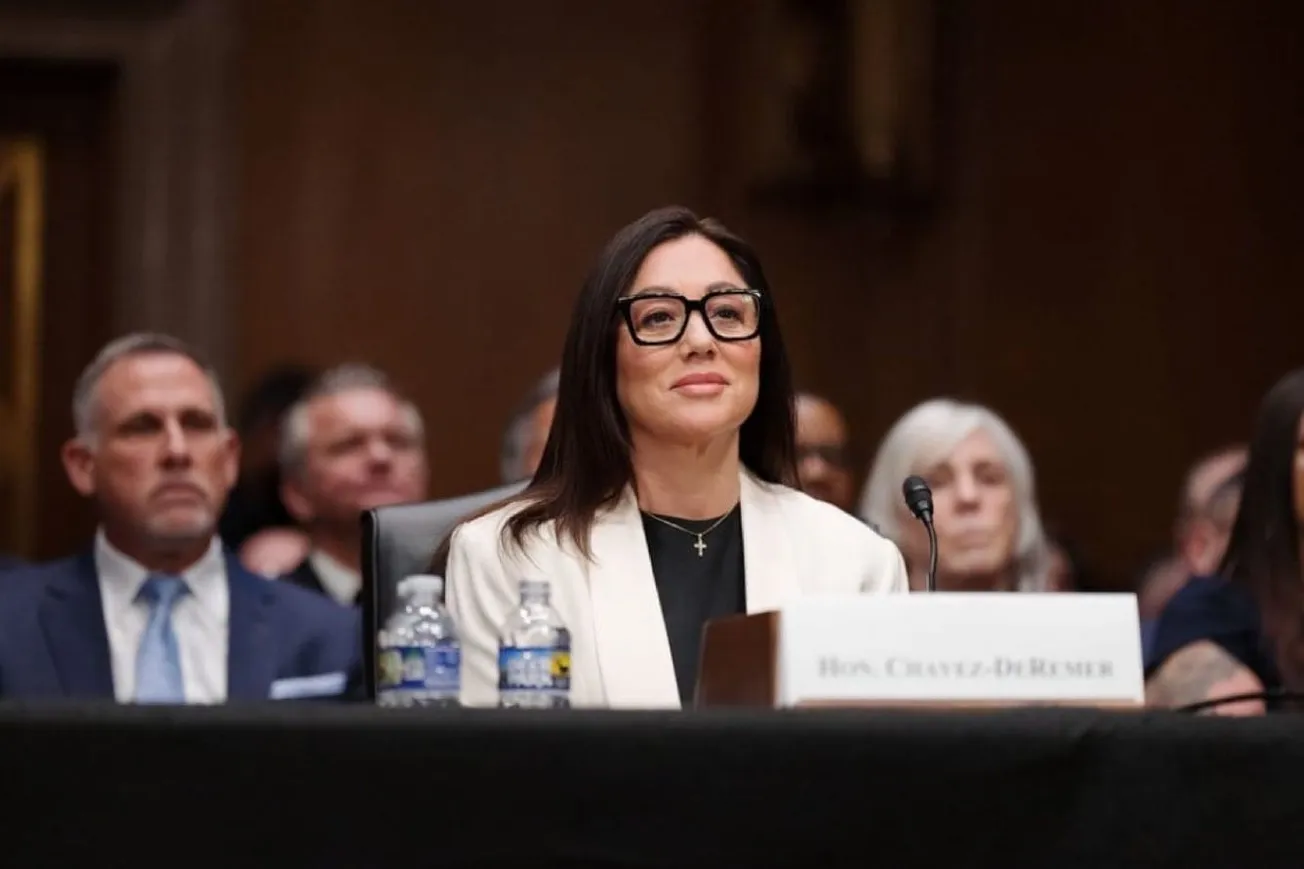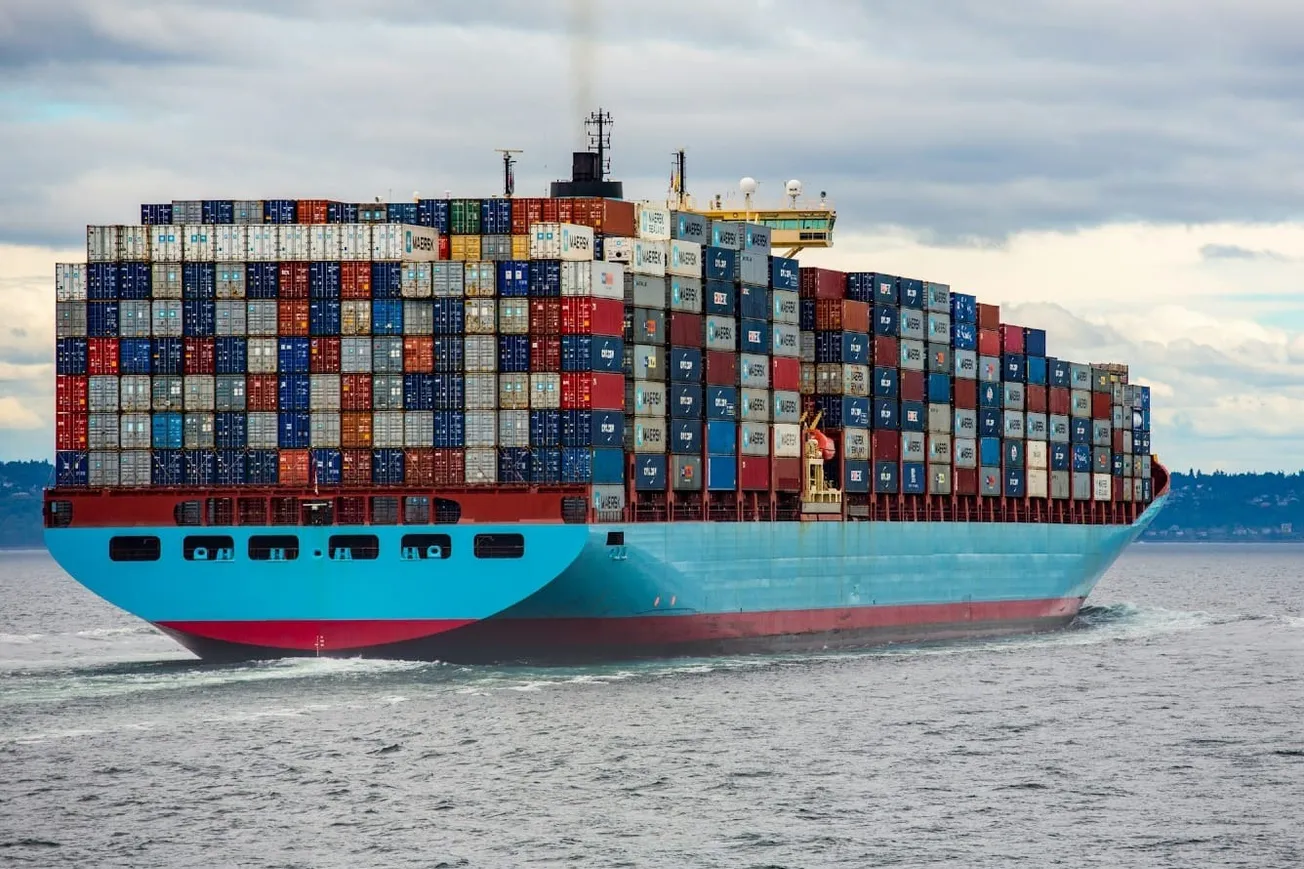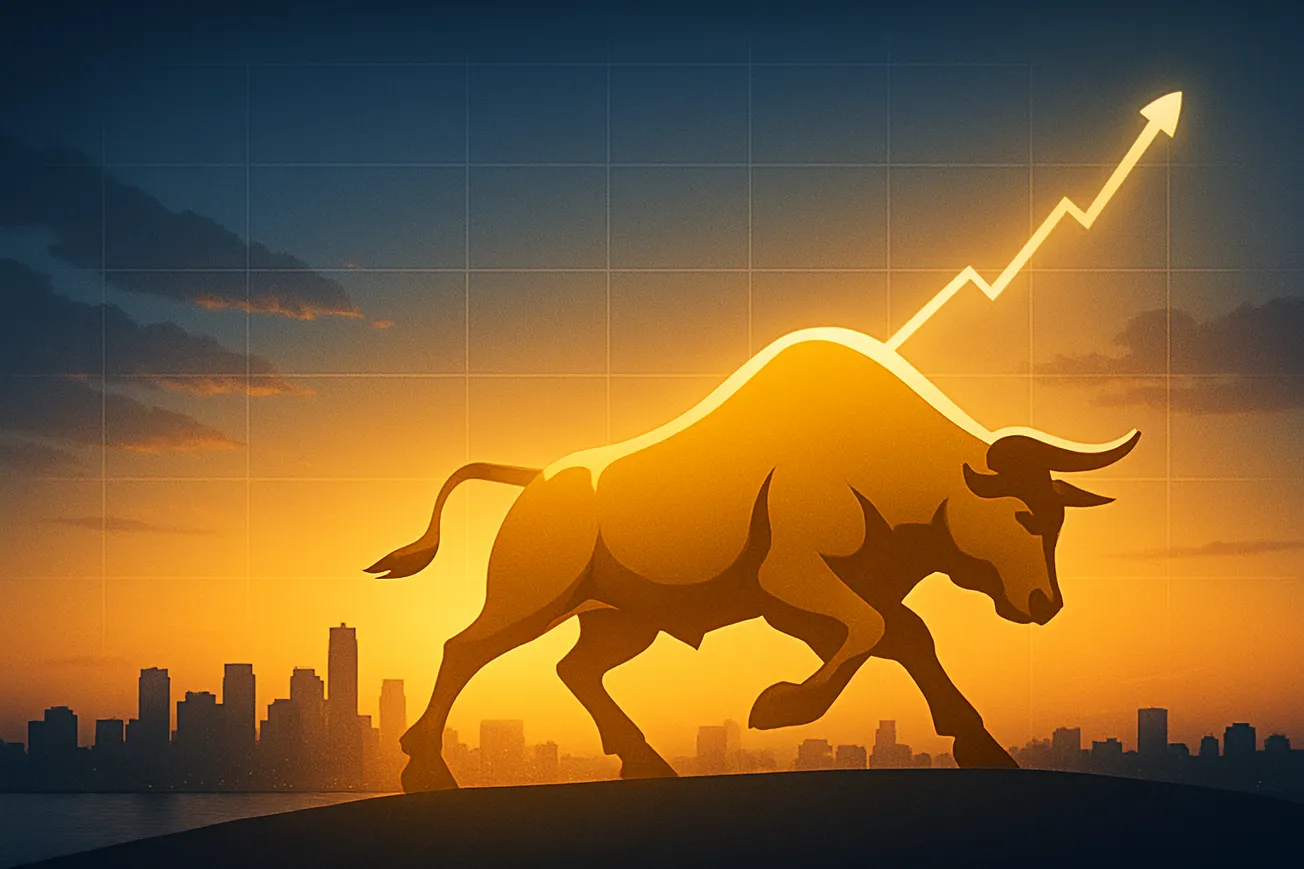By David Blackmon for Daily Caller News Foundation
The U.S. rate of inflation seemed to cool in March, with the White House Council of Economic Advisors (CEA) estimating that the headline Consumer Price Index rose by just 1/10th of 1% during the month. The core rate of inflation, meanwhile, came in somewhat higher at .4%.
In the media, the headline number will of course become the actual headline, since most U.S. media outlets are anxious to bend the news in a way that is as positive as possible for the Biden administration. Certainly, after a year and half of extreme high inflation, these numbers seem on the surface to represent a positive sign that inflationary pressures on the economy could be cooling.
But, as venerable football analyst Lee Corso might respond on College Game Day, “Not so fast, my friend.”
A few tweets down in the long Twitter thread it posted Wednesday morning, the CEA goes on to say the following: “Energy prices declined by 3.5 percent in March, driven by a 7.1 percent decline in natural gas utility prices and a 4.6 percent decline in gasoline prices.”
In its following tweet, CEA adds, “The path for energy prices is unclear in the coming months, as world events continue to impact the supply and demand for energy.”
Indeed, March was a down month for oil prices, with the domestic WTI index hovering below $75 per barrel most of the month, bottoming out at a 16-month low of $67.52 on March 20. Because pretty much all consumer goods are transported on planes, trains, ships and automobiles powered by gasoline, jet fuel or diesel — all products derived from crude oil at refineries — crude prices have a significant influence on the rise or fall of food prices.
Thus, it is not surprising that CEA reports in another tweet that, “Monthly growth in prices for food declined to 0 percent. Grocery prices (“food at home”) declined by 0.3 percent.”
All in all, it means that March presented U.S. consumers with a moment to take a breath after a too-long period of dramatically increasing prices for essentially everything.
It is only fair to warn them, though that a) the respite from inflation driven by a drop in energy prices is temporary and does not mean that non-energy-related inflationary pressures have gone away, and b) the picture has already shifted dramatically across the first half of April.
That shift really started when news broke late on April 2 that Saudi Arabia had agreed to cut its oil exports by 500,000 barrels of oil per day beginning May 1, as part of an overall OPEC+ cut of 1.16 million bopd. That cut, taken against the wishes of the Biden administration, comes amid an already-tight supply and demand global picture for crude oil.
As of this writing, the price for crude has risen by 12% since those cuts were announced, and the WTI index stood at $83.39, a full 20% uptick from the March 20 low. Making matters more troubling for U.S. consumers, the OPEC+ action comes at the time of year when refiners are completing the changeover from producing winter blends of gasoline to an array of more costly summer blends, in compliance with EPA summer haze regulations.
This changeover always puts upwards pressure on gas prices every year, as does the advent of the annual summer driving season which kicks in as kids get out of school and families embark on vacations in mid-May.
AAA reports that gas prices have already risen somewhat in April, with the average price for a gallon of regular standing at $3.621 as of April 12. Absent some unforeseen event that could cause steadily rising demand for crude to suddenly reverse course, gas and diesel prices seem likely to rise in the coming weeks and months.
The rising cost of energy will in turn create more inflationary pressure on food and all other consumer goods. It was great to have a break in the inflation chain in March, but consumers are well-advised to avoid getting used to it.
David Blackmon is an energy writer and consultant based in Texas. He spent 40 years in the oil and gas business, where he specialized in public policy and communications.
Original article link









